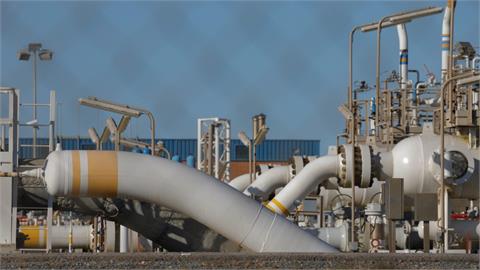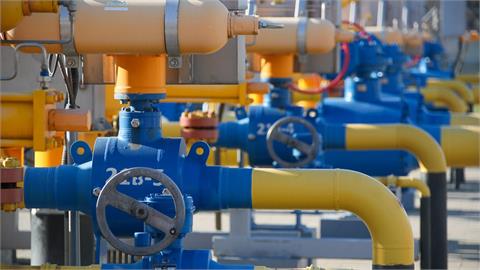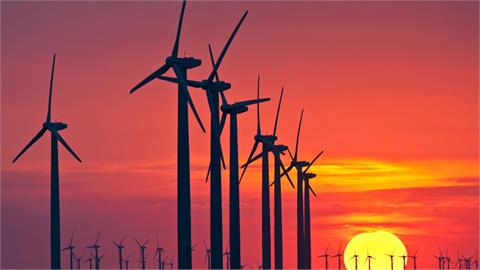Global primary energy demand rose by 2.3% in 2018, driven in large part by China, India and the U.S., which were responsible for 70% of demand growth, according to an International Energy Agency report on Monday.
"In the United States, primary demand increased for the first time since 2014," the IEA said in its Energy Efficiency 2019 report. THE IEA calculated that in 2018, primary energy intensity – an important indicator of how much energy is used by the global economy – improved by 1.2%, the slowest rate since 2010.
"This was slower than the 1.7% improvement in 2017 and marked the third year in a row the rate has declined. It was also well below the average 3% improvement consistent with the IEA Efficient World Strategy," the IEA stated. The Agency considers the slowdown a lost opportunity.
"Although the 1.2% improvement in energy intensity meant that the world generated $1.6 trillion more GDP for the amount of energy used compared to 2017, this figure would have been $4 trillion, an amount close to the size of the German economy, had energy intensity improved at 3% every year since 2015," the IEA explained.
- Energy demand
The IEA that energy-intensive industries in China and the U.S. increased their share of industrial production and pushed up demand for all primary energy fuels. More fossil fuel-based electricity generation increases primary intensity because energy is lost when these fuels are converted from primary to final energy, the IEA explained.
Last year, final demand (total final consumption) grew by 2.2% to continue the increasing trend since 2015, driven by strong growth in energy-intensive industries. In addition, the report found that exceptional weather led to higher gas and electricity use in buildings in many parts of the world.
(Anadolu Agency)



